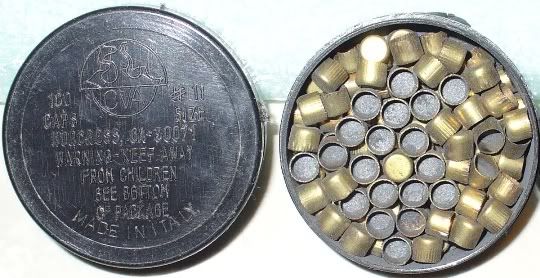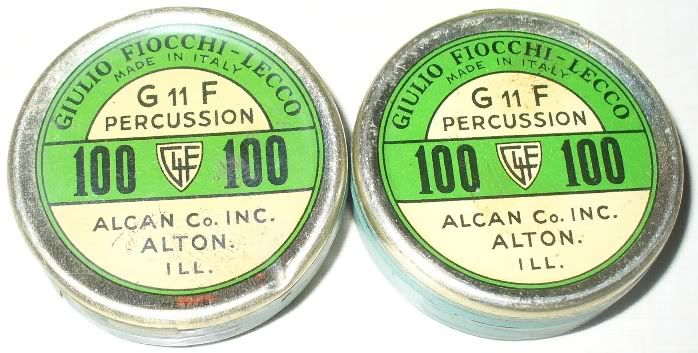I was out at the range today and a guy I met told me that he had heard that caps are corrosive. I'd never met him before but he seemed very sure about this. It has always been my understanding that they are not. Has something changed that I don't know about ? I always clean my guns after every session at the range so corrosion has never been any problem for me and I am sure I am correct about caps being non-corrosive, but then again I don't know every thing (don't tell my wife) and I'll admit I could possibly be wrong. Just wondering. :hmm:
nilo52
nilo52






